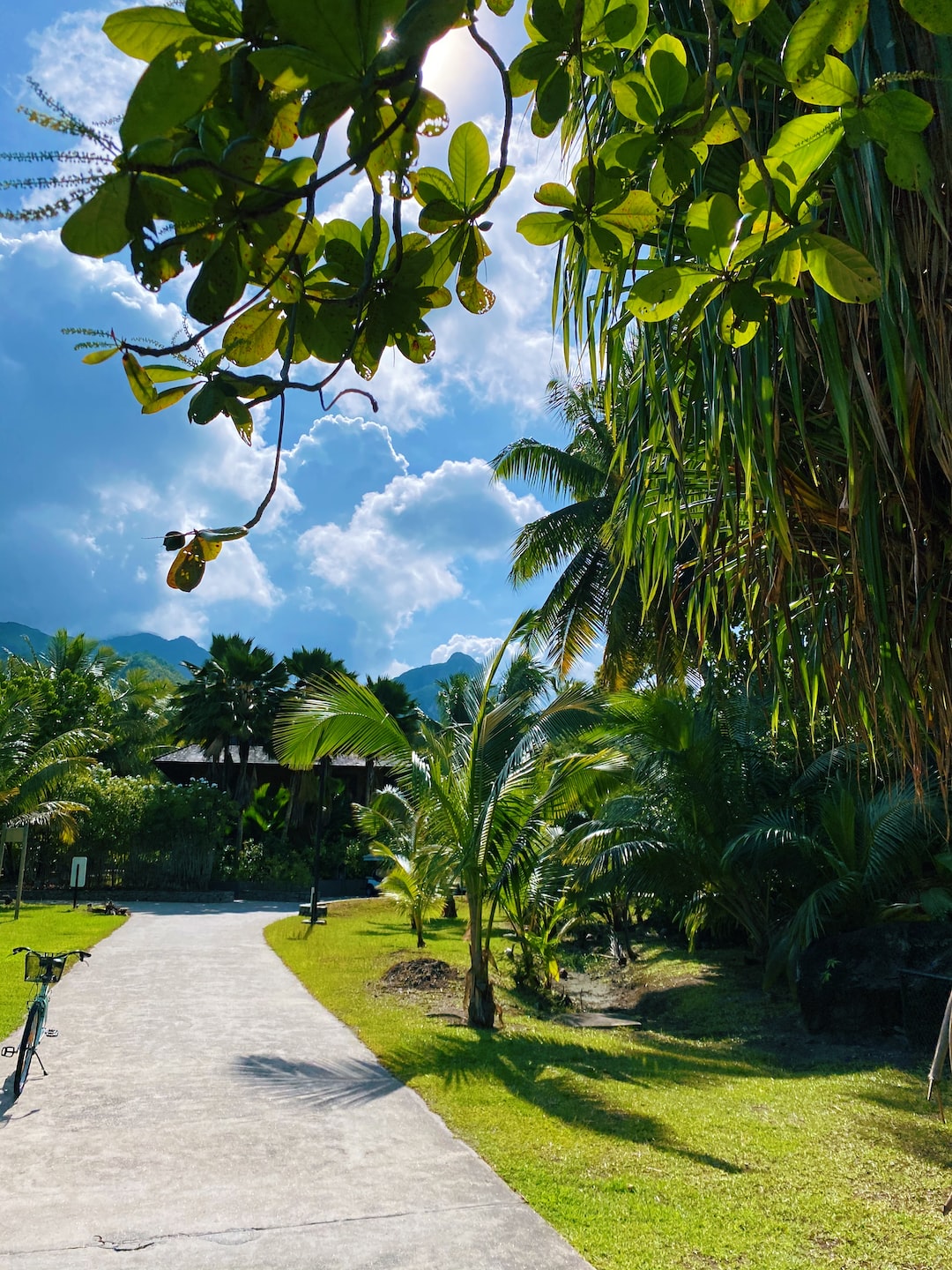The Art of Bonsai: A Miniature Garden of Serenity
In a bustling world filled with noise and constant movement, finding solace and tranquility can be a challenge. Many individuals seek refuge in nature, whether it be through hiking, gardening, or simply admiring the beauty of a sunset. One particular art form that embodies serenity and offers a glimpse of nature’s grandeur is bonsai.
Originating in the East, bonsai is the practice of cultivating and training small trees and shrubs into miniature versions that mimic the shape and form of full-sized trees found in nature. The art of bonsai has been cherished for centuries and holds deep cultural significance in many Asian countries.
The word “bonsai” itself is derived from the Japanese words “bon,” meaning tray or dish, and “sai,” meaning tree or plant. Together, these words encapsulate the essence of bonsai – a living work of art that fits within the confines of a small container, yet possesses all the majesty and grandeur of a full-grown tree.
Creating a bonsai involves the careful shaping and pruning of the tree over time. The artist must strike a delicate balance between nature and human intervention, allowing the tree to grow in a way that reflects its natural form, while also guiding its growth to fit within the desired aesthetic. It is a harmonious collaboration between man and nature, with the artist acting as a steward for the tree’s development.
One of the key elements in bonsai is the portrayal of age and maturity. Through the careful selection of tree species, the bonsai artist can create the illusion of an ancient tree rooted in the earth for centuries. Techniques such as wiring and pruning can be used to mimic the effects of weathering and stress that trees experience over time. The resulting bonsai evokes a sense of serene wisdom, as if it has witnessed the passage of time and carries the weight of history in its miniature branches.
The art of bonsai goes beyond mere horticulture. It cultivates a deep appreciation for nature, as every bonsai is a living testament to the wonders of the natural world. The bonsai artist must study the unique characteristics of each tree species, understanding its growth patterns, foliage, and bark texture. Through this intimate knowledge, the artist can create a faithful representation of a tree’s essence, capturing its spirit and translating it into a miniature form.
Beyond the aesthetic aspect, cultivating a bonsai also requires patience and contemplation. The process of shaping and maintaining a tree over time teaches the artist to slow down and appreciate the subtle changes that occur in nature. From the budding of new leaves in spring to the vibrant colors of autumn, every season brings forth a new wonder to observe and celebrate.
The serenity of a bonsai extends beyond its physical form. Many bonsai artists see their creations as a source of spiritual connection and meditation. The act of tending to a bonsai, carefully pruning its branches and shaping its foliage, can become a deeply meditative practice. As one focuses on the present moment, fully absorbed in the artistry of bonsai, a sense of calmness arises, clearing the mind of everyday concerns and worries.
In recent years, the art of bonsai has gained popularity in Western countries as well. Enthusiasts and hobbyists gather in bonsai clubs and societies, sharing their knowledge and passion for the art form. Bonsai exhibitions and competitions showcase the talents of bonsai artists, offering a glimpse into the captivating world of miniature landscapes.
In the midst of a fast-paced and chaotic world, the art of bonsai offers a retreat, a miniature garden of serenity that can transport us to a place of tranquility. It reminds us to appreciate the beauty of nature, to find joy in the intricate details, and to nurture our own inner garden of peace and harmony. As we observe a bonsai, we are reminded of our place in the world, and our responsibility to cultivate balance and serenity in our own lives.

